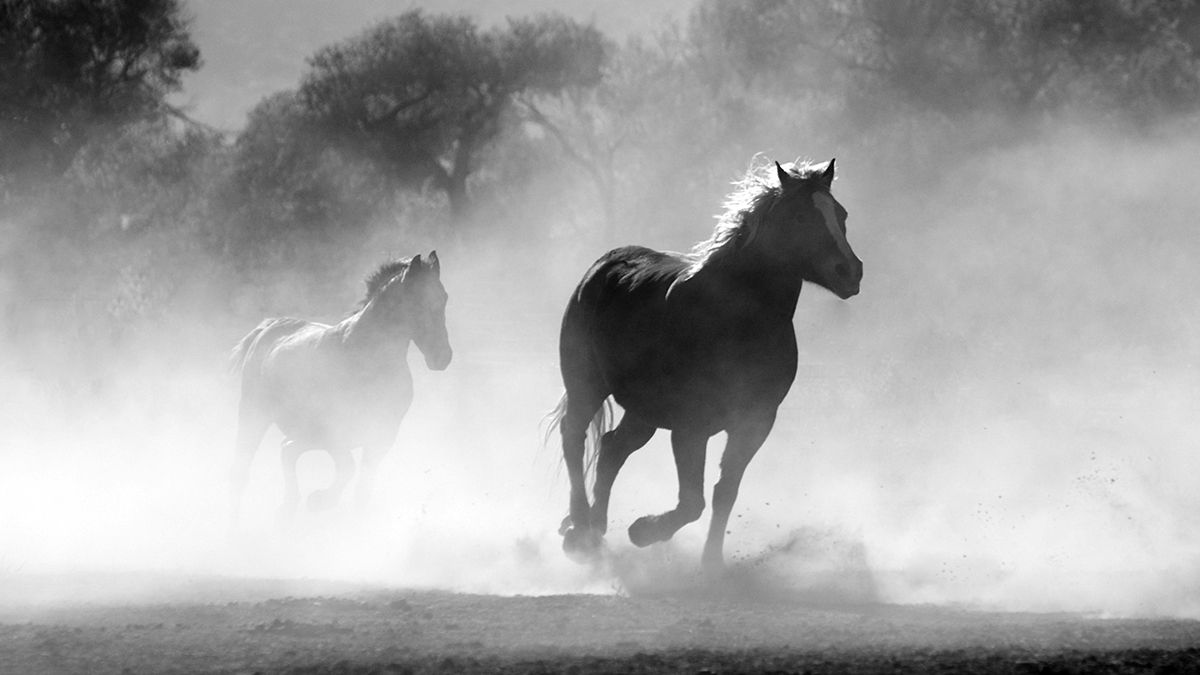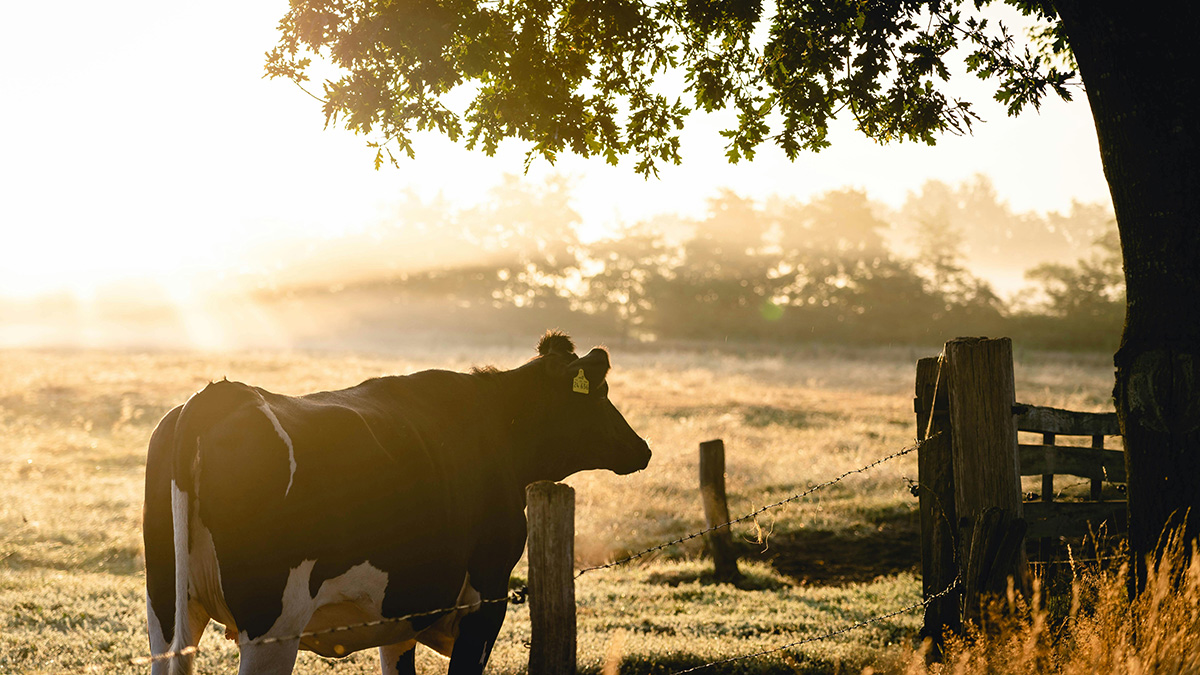Imagine traveling from Boston to New York City in the 18th Century. The long and uncomfortable journey takes 20 hours in a horse-drawn carriage. Now fast forward to today, where you can reach it in under an hour by plane.
Recently, Seaspray Labs got the opportunity to re-design a greenhouse gas inventory and reporting tool. Compilers use the tool to estimate yearly national emissions for agriculture and report these to the UN. By transforming an old tool into a modern, user-friendly web app, we shortened the time it takes to create an inventory from 20 hours to one.

How did we do it? Instead of just rearranging components of the existing tool, we decided to start from scratch. We interviewed inventory compilers and trainers to understand how they work, what data they have, and what their goals are. The tool is based on very technical and complex guidelines from the UN. It took a long time to study the guidelines and understand how the inventory process works for each emission source.
Next, we designed a mock-up of the inventory process. We reviewed and co-designed our mockups regularly with a group of climate scientists. The number of iterations we went through was grueling. On the bright side, we could tell with each iteration that the product was getting better and better.
We designed a responsive and adaptive experience. Inventory compilers can enter their datasets, from basic numbers to complex data collections. For each source they can choose what estimation method they’d like to use. Once the mock-up was more polished, we added instructions and help text so even unexperienced users would be able to create inventories.
And then came the moment of truth. As soon as the livestock module, the first of three modules, was implemented, we tested it with end users. For the old tool, a one-day training was needed to learn how to navigate the tool. On a second day, compilers would enter their livestock data with the help of a trainer.
When we tested the new app, users were able to complete the livestock inventory in under an hour, without any assistance. The app guides users through the process, and it is so intuitive that users know how to navigate by themselves. What a success!
Starting from scratch, studying extremely technical guidelines, and going though countless iterations paid off: The inventory process is transparent and clear. It can be done without any assistance, and it takes only 5% of the original time. Funding climate reporting apps leads to better climate intelligence. It can also lead to increased productivity and massive cost savings.










